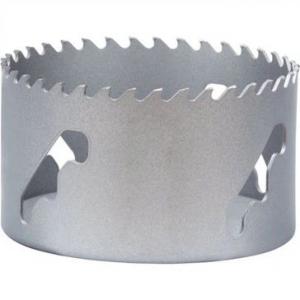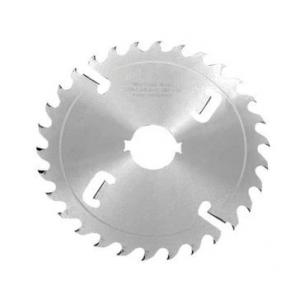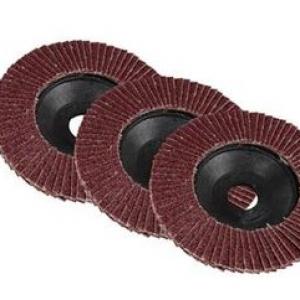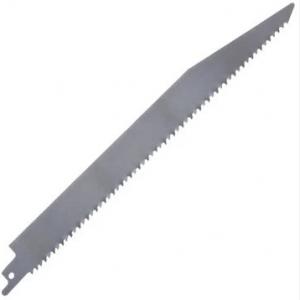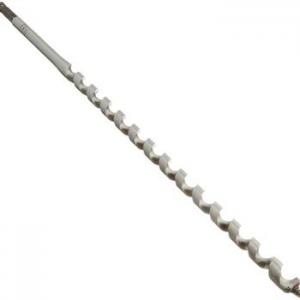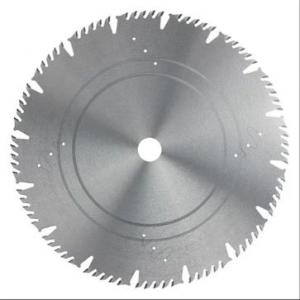The Science Behind Matrix Formulation – How Metal Bonds Define Saw Blade Performance
The Critical Role of Matrix Alloys
The metal bond matrix is the backbone of any diamond saw blade, directly influencing cutting efficiency, lifespan, and cost-effectiveness. While diamonds provide hardness, it’s the alloy composition—typically cobalt, iron, or copper-based—that determines how well these abrasive particles are retained and exposed during operation. Each base material brings distinct advantages and trade-offs, making the choice of matrix a balancing act between performance and economics.
Cobalt vs. Iron vs. Copper: A Performance Showdown
Cobalt-based bonds dominate high-end applications due to their superior diamond retention and thermal stability, ideal for cutting hard materials like granite. However, soaring cobalt prices have driven manufacturers to explore iron and copper alternatives. Iron alloys offer remarkable mechanical strength at a lower cost but may compromise corrosion resistance. Copper, while excellent for heat dissipation, struggles with wear resistance, making it better suited for softer stones or intermittent cutting tasks.
Secret Weapons: Additives That Elevate Performance
Beyond base metals, additives like tungsten carbide (WC), nickel, and rare earth elements fine-tune matrix behavior. WC enhances wear resistance, particularly in iron-based bonds, while nickel improves toughness and oxidation resistance. Rare earth elements, though costly, can refine microstructure and reduce porosity—critical for blades facing extreme friction. These additives transform a generic bond into a tailored solution for specific cutting challenges.
When Formulas Fail: Consequences of Imbalance
An improperly balanced matrix leads to catastrophic failures. Excessive cobalt may prolong blade life but reduce cutting speed due to insufficient diamond exposure. Overloading iron can cause brittle fractures in high-impact scenarios. Real-world case studies show that blades with poor WC dispersion suffer from uneven wear, while inadequate nickel content accelerates thermal degradation in wet-cutting conditions.
The Heat Factor: Thermal Management in Bonds
Matrix materials must withstand temperatures exceeding 800°C during cutting. Cobalt’s natural thermal conductivity helps dissipate heat, whereas iron requires alloying to avoid softening. Copper’s rapid heat transfer is a double-edged sword—it cools quickly but may fail to protect diamonds from thermal shock in dry-cutting applications. Advanced bonds now integrate cooling channels at a microstructural level to address this.
Customization for Modern Challenges
Today’s demanding applications—from reinforced concrete to carbon fiber composites—require hyper-specialized matrices. For instance, blades cutting abrasive quartz-rich stones benefit from cobalt-tungsten hybrids, while those used in demolition prioritize shock-absorbing iron-nickel systems. The rise of synthetic diamonds has further pushed bond innovation, as their interaction with metal matrices differs from natural diamonds.
Future-Proofing Your Blade Selection
Understanding matrix science empowers buyers to match blades to their exact needs. While cobalt remains the gold standard for reliability, iron and copper alloys are closing the gap through advanced metallurgy. The key lies in partnering with manufacturers who rigorously test formulations under real-world conditions—because in the end, a blade’s performance is only as good as the bond holding it together.



